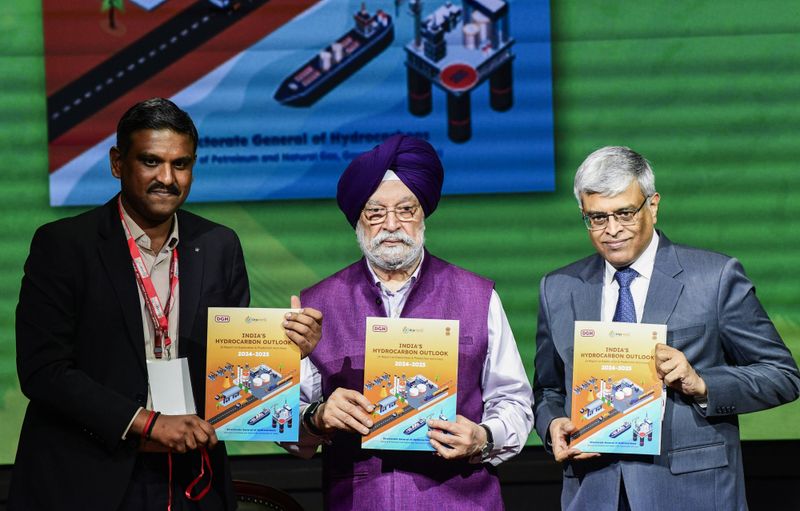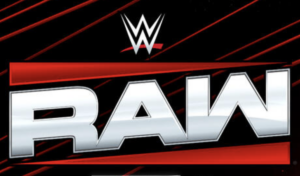
Amid rising tensions over Russian crude oil imports, India has expressed confidence in its ability to meet energy demands through alternative sources. This assurance comes in the wake of the United States threatening to impose “secondary sanctions” on countries purchasing Russian oil. On Thursday, Oil Minister Hardeep Singh Puri emphasized India’s preparedness to handle potential disruptions by diversifying its supply chain.
“India has diversified the sources of supply,” Puri stated during a public event, highlighting the country’s strategy to mitigate risks associated with over-reliance on any single source. As the world’s third-largest oil importer, India imports over 85% of its crude oil, with Russian oil making up 42% of this total, equating to 2.08 million barrels per day. Notably, Russian crude is currently capped at $60 a barrel, significantly lower than the international rate of $80.
Historical Context and Current Dynamics
Russia has been a pivotal oil supplier to India since 2022, following the West’s collective decision to shun Russian crude after its invasion of Ukraine. In response, Russia offered steep discounts, attracting new buyers like India. This strategic shift has been crucial for India, which has long sought to secure stable and affordable energy sources.
However, the geopolitical landscape is shifting once again. US President Donald Trump announced on Tuesday the potential imposition of 100% secondary tariffs targeting Russian trade partners unless Moscow resolves its conflict with Ukraine within 50 days. This announcement was echoed by NATO Secretary General Mark Rutte, who warned that nations like India, Brazil, and China could face severe economic repercussions if they continue trading with Russia.
India’s Strategic Response
During a weekly media briefing, Ministry of External Affairs spokesperson Randhir Jaiswal reiterated the government’s commitment to securing the nation’s energy needs. “India will pursue the best offer available to meet its needs,” Jaiswal affirmed, underscoring the country’s pragmatic approach to international trade and diplomacy.
New Delhi has also raised concerns about the perceived “double standards” in sanction enforcement. This critique is directed at NATO, as several European countries, including NATO allies, are expected to remain reliant on Russian gas supplies until 2027. An Indian official questioned, “Isn’t this double-speak… will Europe also face these additional tariffs too?”
Global Implications and Future Outlook
The US and European nations have accused India and China of indirectly funding Russia’s military activities through oil purchases. For India, ceasing Russian crude imports would necessitate a significant shift in its energy procurement strategy. This move could involve increasing imports from other oil-rich nations or accelerating investments in renewable energy sources.
Energy experts suggest that India’s ability to navigate these complex geopolitical waters will be crucial in maintaining its economic stability. Diversifying oil sources is not only a matter of immediate necessity but also a long-term strategic imperative. The potential impact on global oil markets and international relations remains to be seen, as countries balance economic interests with geopolitical alliances.
As the deadline for potential US tariffs looms, India’s diplomatic and economic maneuvers will be closely watched by international observers. The outcome could redefine energy trade dynamics and set precedents for how nations respond to global trade pressures in volatile geopolitical climates.







